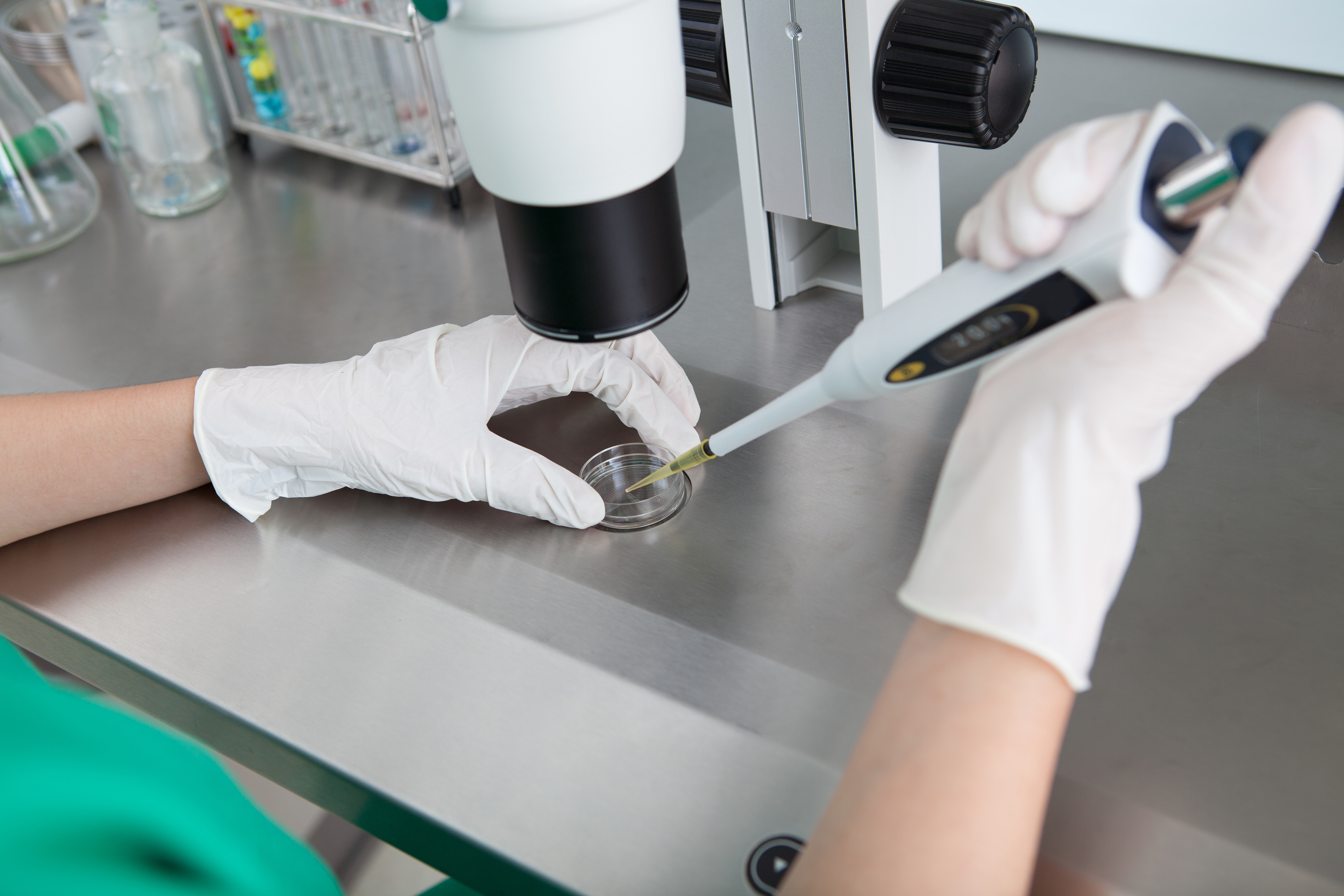
THE number of older cancer patients will rocket in the next two decades, experts have predicted.
Cancer Research UK said the number of older people diagnosed with cancer each year could rise by 80% by 2035.
It reported that 130,000 British people over the age of 75 currently get cancer each year.
By 2035 this would soar to 234,000, largely due to an ageing population, the charity predicted.
It has called on the health service to ensure it is prepared for the rising number of elderly cancer patients.
The charity’s new report warned there was evidence that the gap between the UK’s cancer survival rates and that of the best-performing countries was worse for older patients.
For example, the difference in survival rates for breast cancer patients from Europe and those from the UK and Ireland could largely be accounted for by the low survival rates of women aged 75 and over, the report stated.
And five year survival rates for bowel cancer were 15% lower in UK patients aged 75 and older than the equivalent patients in Canada diagnosed between 2005 and 2007.
The report set out how older patients were more likely to be diagnosed with cancer as an emergency patient, which could mean their cancer was more advanced and harder to treat.
Between 2006 and 2015, 41% of all cancers in those aged 80-84 were diagnosed in an emergency in England, compared with 14% of cancers in those aged 50-59.
Rose Gray, Cancer Research UK’s policy manager said: “If we do nothing, the disparity in care between older and younger cancer patients will only grow.
“It’s vital to address this if we want to realise our ambition of ensuring world-class treatment for everyone in the UK who is affected by cancer.”
Martin Ledwick, Cancer Research UK’s head information nurse, added: “When elderly people have a lot of health problems and are taking a range of different medications it can affect what treatment they are able to receive.
“Some older people with cancer might not be fit enough to have surgery and go through lengthy periods of chemotherapy and radiotherapy, but as no two patients are the same, there will be others who are.
“That’s why it’s so important staff are well trained and resourced so they can assess older people properly and ensure they receive the right treatment, care and support specific to their individual needs.”

Enjoy the convenience of having The Sunday Post delivered as a digital ePaper straight to your smartphone, tablet or computer.
Subscribe for only £5.49 a month and enjoy all the benefits of the printed paper as a digital replica.
Subscribe